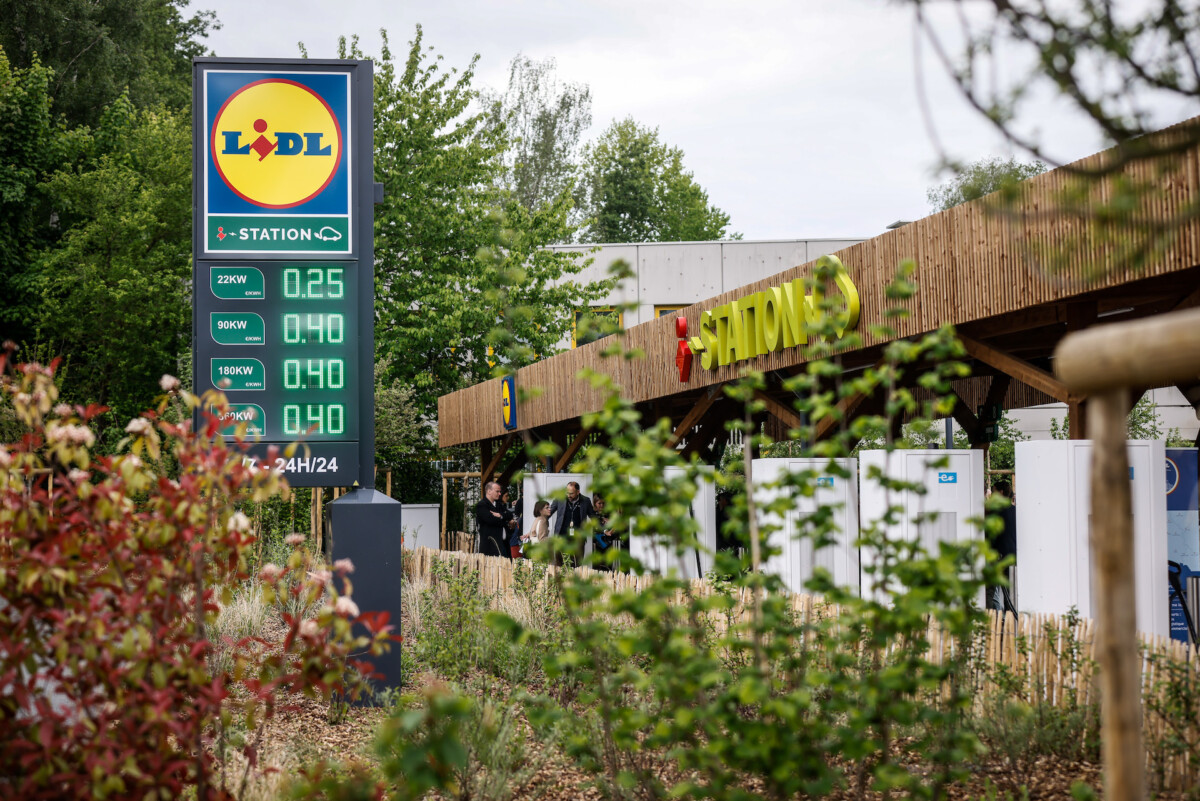The European Parliament has just voted in favor of the obligation for member countries to install at least one ultra-fast charging station every 60 kilometers on motorways. This objective must be achieved by the year 2026. In France, this is already the case.
Good plan Recharge
Benefit from a 10% discount on the cost of your top-ups, directly deducted from your next bills.
The detractors of the electric car constantly highlight the concern for autonomy and recharging in their speeches. But over the years, these two points have greatly improved, thanks to the development of fast charging solutions. It is no longer necessary to have large batteries, especially since these are in fact counterproductive.
A developing infrastructure
Because at present, it is very easy to find a charging station, since France has more than 100,000 on its territory. In addition, they are becoming more reliable and above all more and more powerful thanks to operators like Lidl or Kallista Energy. If they are in most cases in shops or parking lots, what about highways?
Well, to tell the truth, it is also quite simple to connect during long trips, as shown by a map established by Enedis and which we told you about in a recent article. And things should continue to improve over the years, under the impetus of the European Union. While it plans to ban the sale of thermal cars in 2035, it wants to act for recharging.

Thus, at the end of last year, Brussels announced its desire to oblige its member countries to offer at least one charging station every 60 kilometers on the expressways. A measure that had again made the headlines earlier in the year since it had officially been ratified within the framework of the Afir regulations.
But it is only now that this new obligation has finally been voted definitively by the European Parliament. This is part of the package Fit for 55 in 2030“, a vast plan that aims to reduce Europe’s greenhouse gas emissions at least 55% by the end of the decadecompared to the levels recorded in 1990.
Several changes
However, we should not expect to see bollards popping up everywhere over the next few months, because this obligation will only have to be fulfilled by 2026, as stated on the website of the European Parliament. The text specifies that charging stations must offer a power of at least 400 kW every 60 kilometers. Enormous power, making it possible to fill up with electrons in around fifteen minutes for cars with an 800-volt architecture and an appropriate charging curve.
But that’s not all, because hydrogen stations will also have to be installed every 200 kilometers.For electric trucks and buses, they will need to be able to refuel every 120 kilometers, at a power of between 1,400 and 2,800 kW by 2028.

These measures are consistent with the will of France, while the government promised that all rest areas would be equipped with terminals this year. But that’s not all. Brussels also demands that the charge price is displayed in kWh, as is currently the case for fuel at service stations. This would make life easier for motorists and avoid unpleasant surprises.
Finally, the European Union also wants operators to allow drivers to pay directly by bank card. Because in most cases, you must have a subscription to a particular type of terminal, which makes charging complicated. It will also be possible to pay online, thanks to a simple QR Code.
Do you use Google News (News in France)? You can follow your favorite media. Follow Frandroid on Google News (and Numerama).
